|
St. Louis, Missouri has a special claim to fame that not many people know about. Nope, not that we’re the home to the most World Series Championships in the National League (GO Cards!). What’s that? Toasted Raviolis are the shiznit and should be on every appetizer menu everywhere? True … but no. I’m talking about the fact that we host the highest concentration of Bosnians outside of Bosnia and Herzegovina (the true name of the country most people call Bosnia). We welcomed more than 20,000 refugees in the early 90’s and they settled in south Saint Louis, mainly the Bevo Mill neighborhood. Today, more than 70,000 Bosnians live in St. Louis. (Learn more about the Bosnian population in this story done back in 2013.) Recently, Bosnian restaurants like Grbic have been gaining popularity and attention. So, as St. Louisans, we knew we had to spend some time in Bosnia learning about their history, culture, food, and coffee! But why did the Bosnians come to the USA in the first place? To answer that question, I’m going to take you on a crash course through Bosnian history. Buckle up! Bosnia: Where East Meets West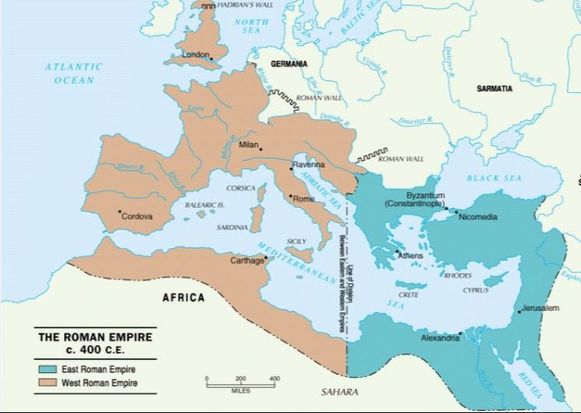 Bosnia (near the words "ROMAN WALL") is split in two. Bosnia (near the words "ROMAN WALL") is split in two. Way back in the Fourth century, The Roman Empire split into two parts: The Western Roman Empire (governed by Rome) and the Byzantine Empire (governed from Byzantium – or Constantinople). In time this split led to 2 distinct religions and 2 distinct alphabets. The two religions: Roman Catholic and Eastern Orthodox. The two alphabets: Latin (basically what we use), and Cyrillic (what Russians and others use). Where’d they draw the line? Basically right through Bosnia in the center of the Balkan Peninsula. The people of Bosnia identify as Slavs: they came in the late 6th century from the area now known as Russian and speak a similar language to all other Slavic people (Russian, Polish, Bulgarian, etc.).
Bosnia and Austro-Hungarian EmpireThe Austro-Hungarian Empire started occupying Bosnia and Herzegovina in 1878 as the Ottoman Empire started to decline and break up. This was actually a pretty good gig for them. Austria-Hungary brought them into the modern era with impressive architecture, street lights, and tram systems. But in 1914, relations went REALLY south. Little trivia: What happened in Sarajevo in 1914? Keep reading to learn the full story. But first, a little background. 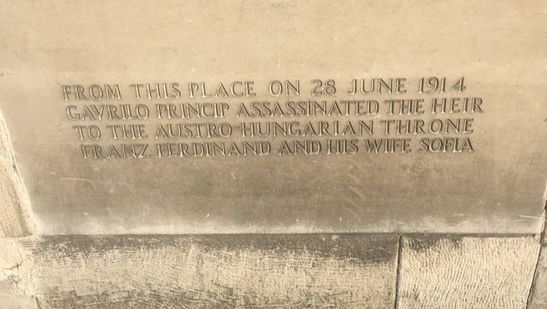 Remember, Bosnia and Herzegovina had three major religions. Here’s the confusing part, but a HUGELY necessary part of the upcoming stories: Catholics in Bosnia generally didn’t refer to themselves as ethnic Bosnians (aka Bosniaks). Similarly, Orthodox Christians didn’t either. Bosniak is a term reserved for a Muslim Slav Catholics are Croats Orthodox Christians are Serbs The term Bosnian just refers to their nationality, whereas the other three terms are reserved for religious “ethnicity”. So, Bosnians (people who lived in Bosnia) were divided into three groups: Bosniaks, Croats, and Serbs. This also happened for Croatia and Serbia (and other Slavic nations). Not that I’m in love with labeling people, but it’s a semi-dark necessity to understand the history of Bosnia from 1914 on. We went on 4 walking tours in Bosnia and each of them spent a considerable amount of time getting us accustomed to the terminology. Here’s a quick quiz: What can we call a Catholic person with Bosnian nationality? A Bosnian Croat How about a Muslim person with Croatian nationality? A Croatian Bosniak An Orthodox Christian from Bosnia? A Bosnian Serb How about a Catholic from Serbia? A Serbian Croat Got it? Good. Hopefully you’re still with me because here’s where the history really starts to get interesting. So the Austro-Hungarian empire contained Slovenia, Bosnia, and Croatia, but not Serbia. Serbia did not want to be part of A-H, and that sentiment spread to the Serbs living in Bosnia. A small group of people (including a 19 year old Bosnian Serb called Gavrilo Princip) started an underground organization called the Black Hand. Their objective: assassinate Archduke Franz Ferdinand and his wife Sofia (heirs to the throne of the A-H empire) to eventually free Bosnia, Croatia, and Slovenia so they could be united (Yugoslavia) with the rest of the south Slav countries. On June 28th, in Sarajevo, 6 members of the Black Hand society were poised and ready. One of them detonated a grenade early in the procession along the main street. Amidst the confusion, the other 5 assumed either the job was done or the opportunity was missed. Gavrilo Princip went into a corner coffee house to get a sandwich or a coffee. The attempt was a failure, and Franz Ferdinand decided to shorten his meeting, cancel his lunch appointment, head back (along the same street) to the hospital to offer aide to the victims of the explosion, and then leave town with haste. Unfortunately the driver wasn’t informed of the cancelled lunch plans. The driver started to turn down the street to the lunch spot and Franz Ferdinand stopped him to explain that the plan had changed. Want to guess where they stopped? That’s right, directly in front of the coffee shop where Gavrilo Princip was, not 5 feet from him. He took full advantage of the unexpected situation, assassinated both Franz Ferdinand and his wife, and then unsuccessfully turned the gun on himself (the trigger jammed). We know the rest of the story: A-H was rightfully pissed, Russia backed Serbia, and because Europe was already crazy tense, WW1 started days later. Austria-Hungary was on the losing end of that brutal war, and as a result, lost much of its territory. The Black Hand got what it wanted, and the 6 countries of Slovenia, Serbia, Croatia, Bosnia and Herzegovina, Montenegro, and Macedonia combined to form the kingdom of Yugoslavia (commonly referred to as Yugoslavia 1). Fast forward to WWII. Yugoslavia 1 was quickly overtaken by Italy and Germany in 1941. A few organized resistance groups fought back, aided by foreign powers, but one eventually rose to the challenge. The partisan movement, led by Josep Tito and backed by the Soviet Union was the eventual victor. At the end of the war, Tito became the president of the newly formed Social Federal Republic of Yugoslavia. Yugoslavia: |
The city of Mostar in the south of Bosnia and Herzegovina was also initially attacked by the Serbs. However, they left after just a short time (not many Serbs even lived in this region). The fighting didn't stop though.
The Croats continued the siege because this was an area with a high percentage of Catholics, and they wanted to capture the land for Croatia. In addition to mortars, the soldiers would fill massive tires with explosives and roll them down the hill to be detonated when they crashed into random houses. They also destroyed the famous 400 year old bridge, a real source of pride for the citizens of Mostar.
The Croats continued the siege because this was an area with a high percentage of Catholics, and they wanted to capture the land for Croatia. In addition to mortars, the soldiers would fill massive tires with explosives and roll them down the hill to be detonated when they crashed into random houses. They also destroyed the famous 400 year old bridge, a real source of pride for the citizens of Mostar.
Our first hand witness, Bata (a Bosniak), said he spent 4 years of his life in hiding. At one point, Croat soldiers found him and started to take him away.
Bata’s mom asked that he be able to put on warm clothing for the journey.
They replied, “Where he’s going, he won’t need clothes.”
His mother found the general, bribed him, and eventually bought her sons freedom.
Bata’s mom asked that he be able to put on warm clothing for the journey.
They replied, “Where he’s going, he won’t need clothes.”
His mother found the general, bribed him, and eventually bought her sons freedom.
Months later, he was smuggled out of danger by an ambulance driven by a kind Croat he didn’t even know. He escaped to Sweden, his parents to Norway, and his sister to England. Years later they returned and opened the BEST hostel in Mostar: Hostel Majdas.
| |
Mass Genocide
So the Bosniaks were generally defenseless. Remember, they had no real weaponry nor access to a large coastline to smuggle in weapons. They had an army, but it was nothing compared to the mighty Yugoslav army of Serbs. The UN did help in Sarajevo though, offering airdrops of supplies and food. Most of it was expired military drugs and food, but it helped regardless. The UN also sent peacekeepers to try to keep the peace throughout Bosnia, but they weren’t able to fight on behalf of the Muslim Bosnians.
Thousands of Muslims fled to the hills and forests to hide from the Serbs. In Eastern Bosnia, near the Serbian border, the Serb army was surrounding the town of Srebrenica, and closing in.
To protect the citizens, The UN declared the town of Srebrenica a “safe area” in 1993. Bosniaks came out of hiding and ran to the city deemed to be under the protection of the UN. The population swelled from 20,000 to 60,000.
Then, in 1995, the Serb army did the unthinkable. They invaded Srebrenica and told the UN peacekeepers to either leave or die. They left, and the soldiers started the horror show. Women were raped. There were multiple stories of babies and children having their throats slit because they wouldn’t stop crying. Soldiers got to practice different methods of killing on random men. Eventually, the women and children were separated from the men and driven to safety. The men were left to the mercy of the Serb army.
Thousands of Muslims fled to the hills and forests to hide from the Serbs. In Eastern Bosnia, near the Serbian border, the Serb army was surrounding the town of Srebrenica, and closing in.
To protect the citizens, The UN declared the town of Srebrenica a “safe area” in 1993. Bosniaks came out of hiding and ran to the city deemed to be under the protection of the UN. The population swelled from 20,000 to 60,000.
Then, in 1995, the Serb army did the unthinkable. They invaded Srebrenica and told the UN peacekeepers to either leave or die. They left, and the soldiers started the horror show. Women were raped. There were multiple stories of babies and children having their throats slit because they wouldn’t stop crying. Soldiers got to practice different methods of killing on random men. Eventually, the women and children were separated from the men and driven to safety. The men were left to the mercy of the Serb army.
In July of 1995, the Serb army planned and executed the largest example of genocide in Europe since the Holocaust.
They killed over 8,000 military aged Muslim men over the course of just 3 days.
They killed over 8,000 military aged Muslim men over the course of just 3 days.
Never Forget
The world should not forget Srebrenica. We need to careful with the phrase "Muslim Terrorist" which associates the entire religion of Islam with horrendous acts. We have to remember that Christians committed genocide (No not the Crusades, this was only 22 years ago).
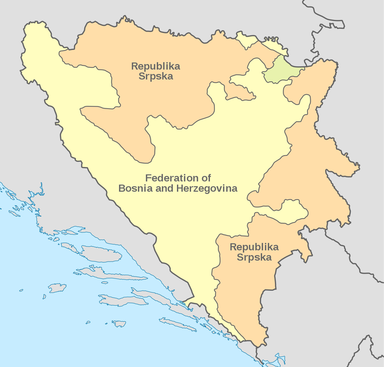 Not a very easy border to keep track of. Don't even ask about that little greenish area...
Not a very easy border to keep track of. Don't even ask about that little greenish area... This, in addition to a rather horrific explosion in Sarajevo, got the attention of the international community and NATO started bombing strategic Serb bases. Why NATO and not the UN? All signs point to the fact that Russia was part of the UN, but not NATO. Russia was a major ally to Serbia.
In November, 1995, President Bill Clinton took the three leaders of Croatia, Bosnia, and Serbia to Dayton, Ohio to talk about a possible ending to the war. It took a month to discuss the terms, but on Dec. 14th, the Dayton Agreement was signed, ending the Bosnian war.
Final count: An estimated 200,000 dead and 1.5 million refugees fled (Bosnia had 4.3 million citizens before the war). Many ended up in the USA and were placed in St. Louis.
As a result of the Dayton Agreement, Bosnia and Herzegovina was split into two constitutional entities: Republika Srpska and the Federation of Bosnia and Herzegovina. Each area has its own parliament and leader, but each is still part of the country of Bosnia and Herzegovina. Rupublika Srpska was the territory that the Serb army had overtaken and is strongly influenced by Serbia. The Croatians weren’t given anything.
In addition, three presidents were assigned to represent each of the three major ethic groups. People actually have to register as Bosniak, Croat, Serb, or “Other”. If you register as “other”, good luck getting a job or benefits. Schools are segregated, with one group going to school in the morning and the other in the afternoon.
So, 2 different parts with 5 different presidents. Confusing? Of course. The presidents rarely agree, and with so many different parliaments and governments, money is eaten up rapidly. The people aren’t really happy with how things ended, but they deal.
In November, 1995, President Bill Clinton took the three leaders of Croatia, Bosnia, and Serbia to Dayton, Ohio to talk about a possible ending to the war. It took a month to discuss the terms, but on Dec. 14th, the Dayton Agreement was signed, ending the Bosnian war.
Final count: An estimated 200,000 dead and 1.5 million refugees fled (Bosnia had 4.3 million citizens before the war). Many ended up in the USA and were placed in St. Louis.
As a result of the Dayton Agreement, Bosnia and Herzegovina was split into two constitutional entities: Republika Srpska and the Federation of Bosnia and Herzegovina. Each area has its own parliament and leader, but each is still part of the country of Bosnia and Herzegovina. Rupublika Srpska was the territory that the Serb army had overtaken and is strongly influenced by Serbia. The Croatians weren’t given anything.
In addition, three presidents were assigned to represent each of the three major ethic groups. People actually have to register as Bosniak, Croat, Serb, or “Other”. If you register as “other”, good luck getting a job or benefits. Schools are segregated, with one group going to school in the morning and the other in the afternoon.
So, 2 different parts with 5 different presidents. Confusing? Of course. The presidents rarely agree, and with so many different parliaments and governments, money is eaten up rapidly. The people aren’t really happy with how things ended, but they deal.
Bosnia Now: Our Experience
20 years later, the area is peaceful. Relations between the three ethnic groups are actually pretty positive. Bosnia is definitely worth visiting. The people are so friendly, hospitable, and chill. The country is amazingly scenic. The bus ride from Mostar to Sarajevo is the most beautiful one so far (yes, even more beautiful than northern Spain). Mountains jump straight out of turquoise blue lakes and rivers.
| |
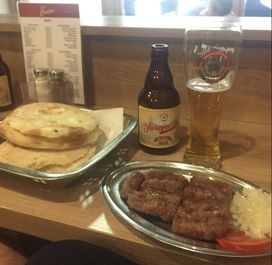 Cevapi again!
Cevapi again! So what do you do when you’re not walking around enjoying the scenery or learning about the history? You EAT! The food is great! Cevapi showed up again and we can probably expect it all over former Yugoslavia, although Bosnians claim that it started here. Another local specialty is Burek, a “pie” of flaky crust filled with meat, potatoes, cheese, spinach, or pumpkin. Top it with a creamy yogurt sauce and Audra and I were both completely full for around $5 total. Needless to say, we went back the next day!
Bosnian coffee is famous as being the best way to extract flavor from the coffee grounds. There’s even a ceremony to drinking it. Spoon off the coffee foam from the kettle into your tiny cup. Then, pour some coffee in. Dip a corner of a sugar cube in, bite off the corner, and sip from the coffee cup. Repeat. Absolutely awesome.
Beer is beer and wine is wine here, nothing special, pretty cheap. Rakija is the spirit of choice, with options of sweet flavors like honey, cherry, or walnut, and bitter flavors of various herbs.
As always, thanks for reading!!! Next up: Serbia.
4 Comments
Jeanie & Jerry Kaiser
11/5/2017 09:00:27 am
Thank you again. It's definitely a great experience to see and hear how humanity can go wrong... Makes you stop and think about how we treat others. It makes Mary's call to pray for peace extremely real and necessary.
Reply
Kevin
11/6/2017 11:45:48 am
Thanks for reading! I think I'm becoming quite the pacifist after seeing all the stuff in Eastern Europe over the past 2 months... Peace!
Reply
Bill Judge
11/5/2017 11:04:47 am
Very good read. I still won't keep the peoples straight, lol. I remember being confused during the 90s when reading about their wars. Thanks Kevin and Audra.
Reply
Kevin
11/6/2017 11:44:48 am
Thanks for reading, Uncle Bill! Seriously though, it's pretty tough to understand. The war was SOO complicated!
Reply
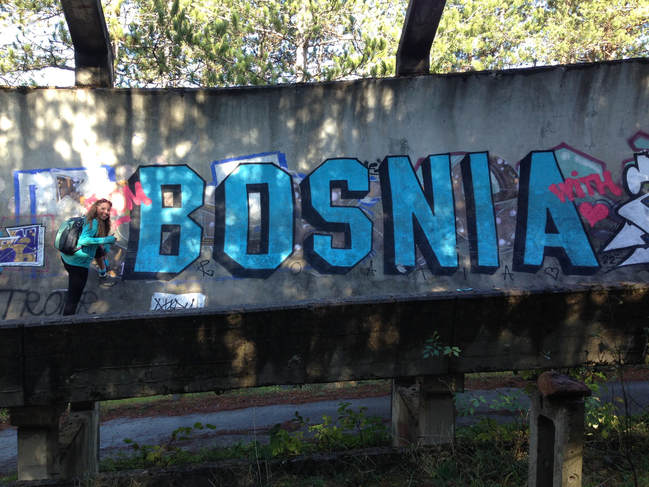
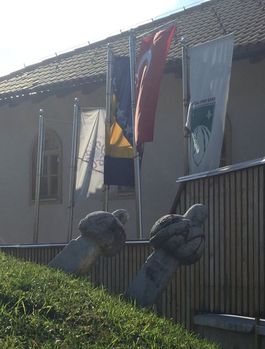
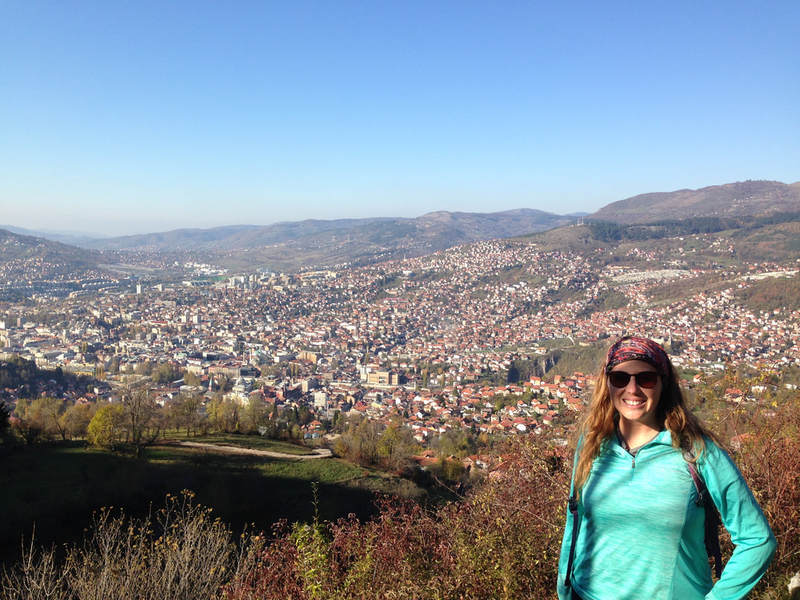
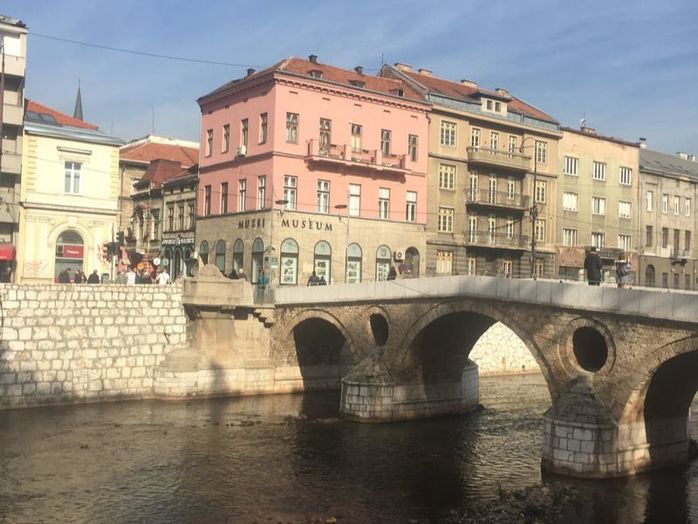
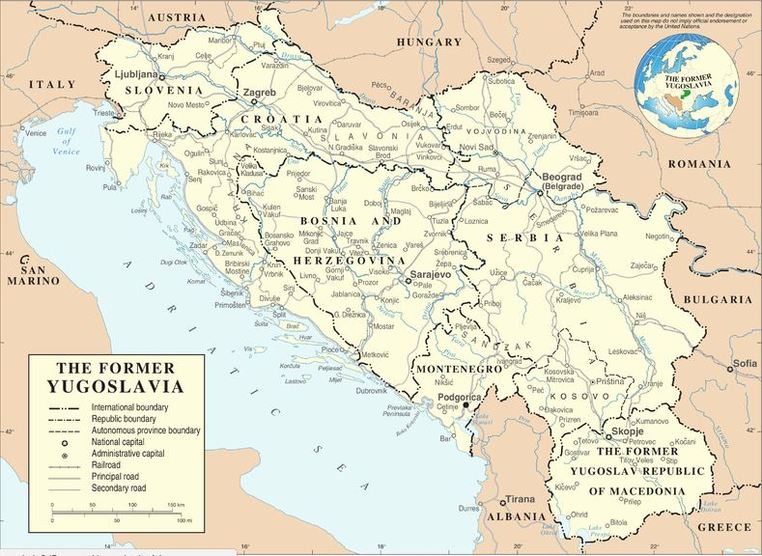
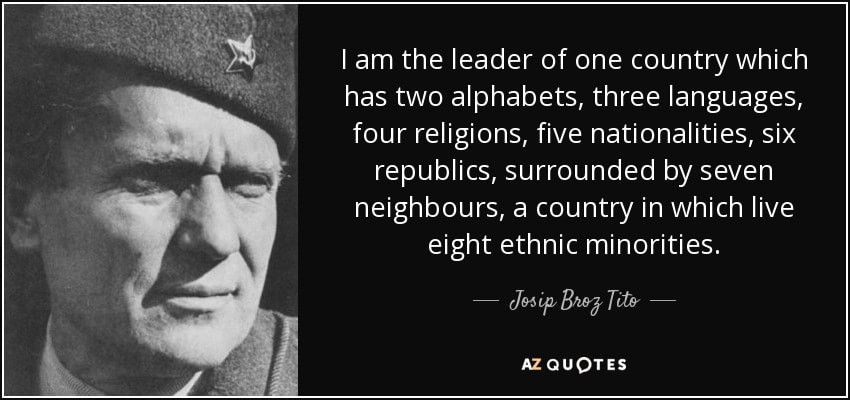

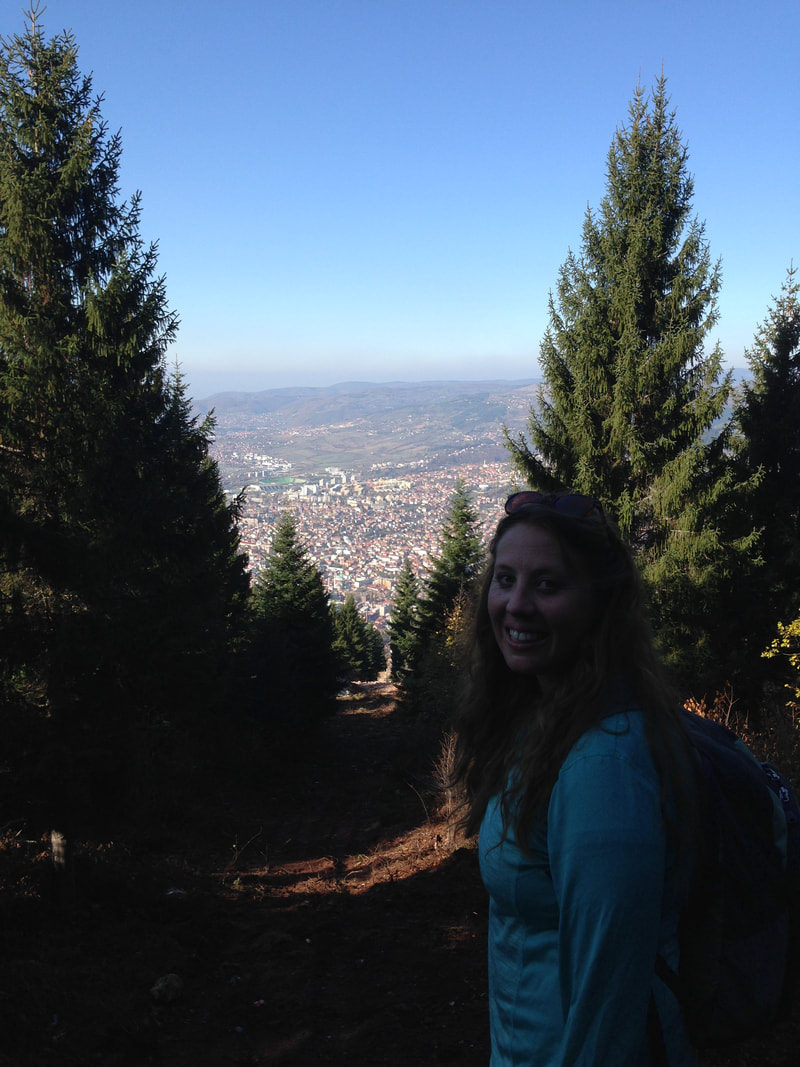
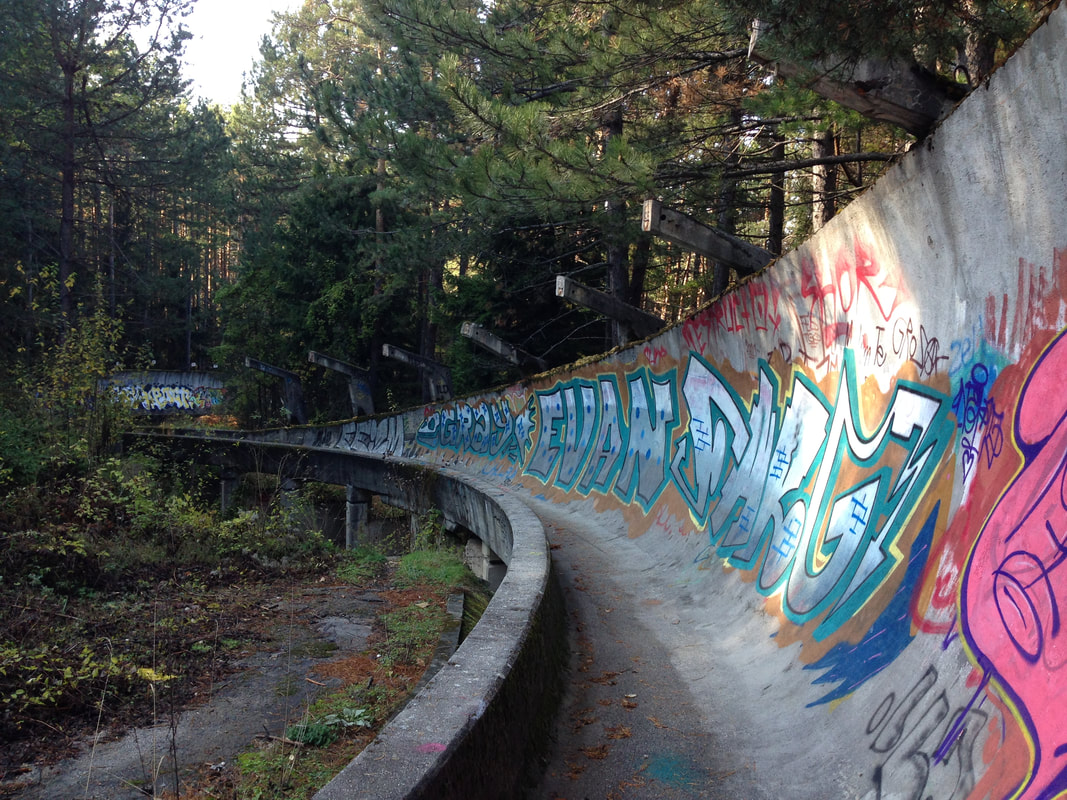
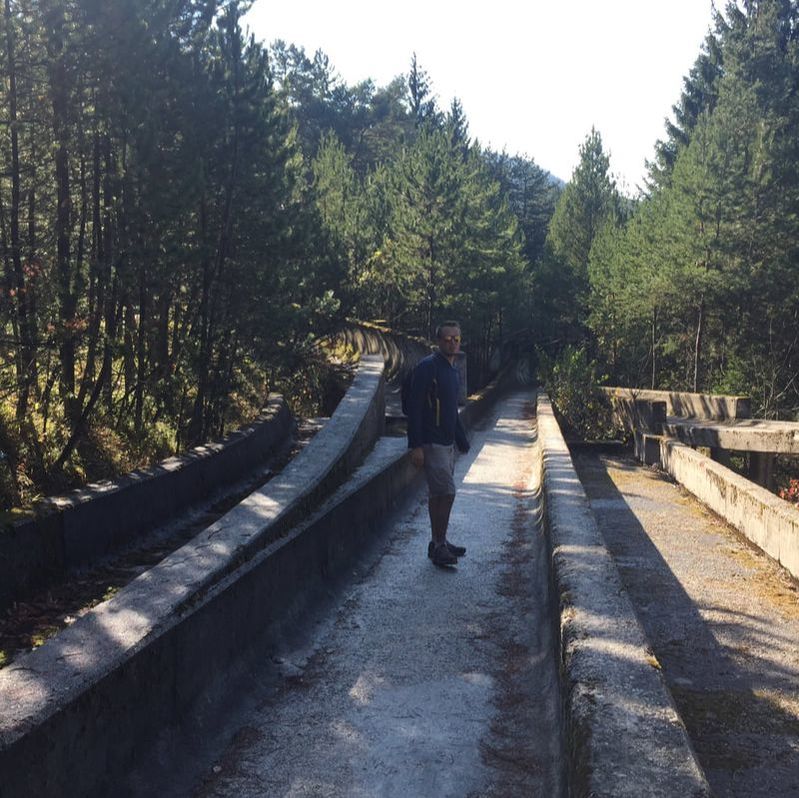

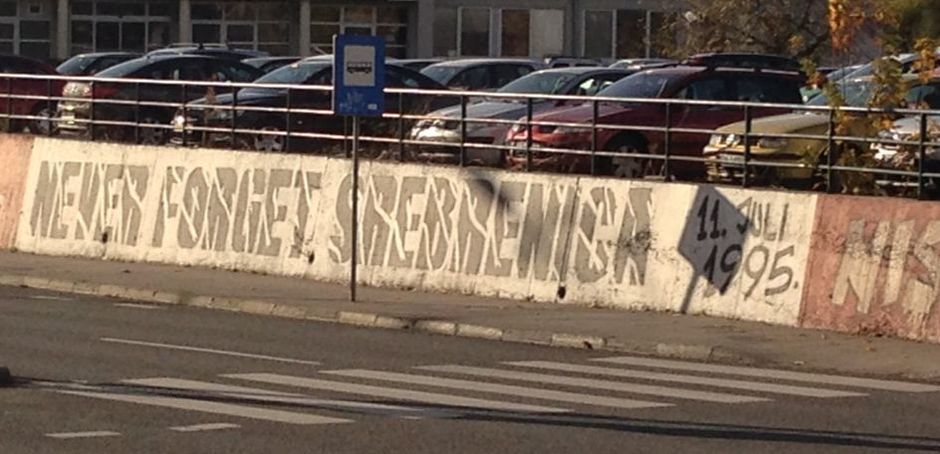
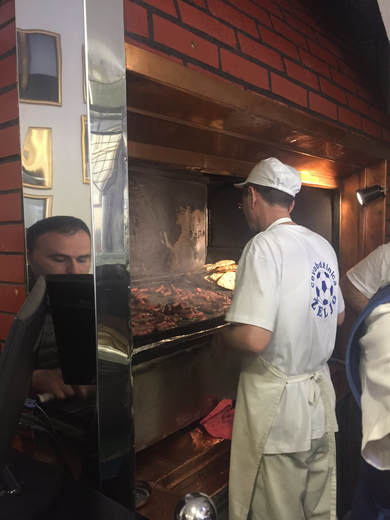
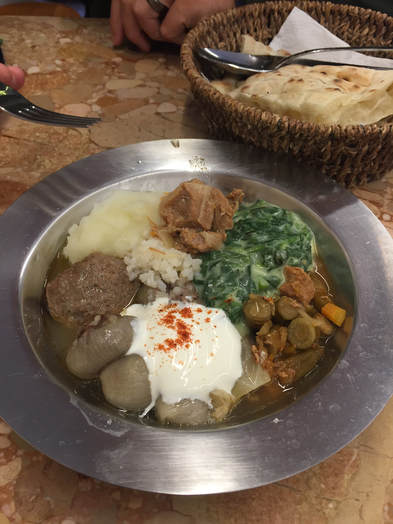
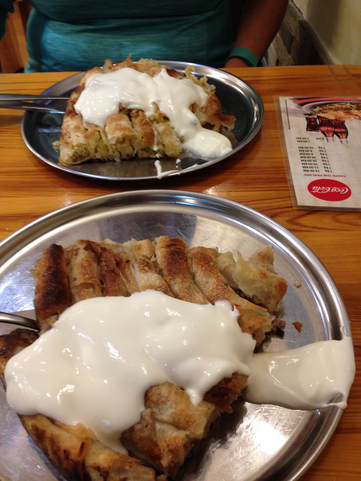
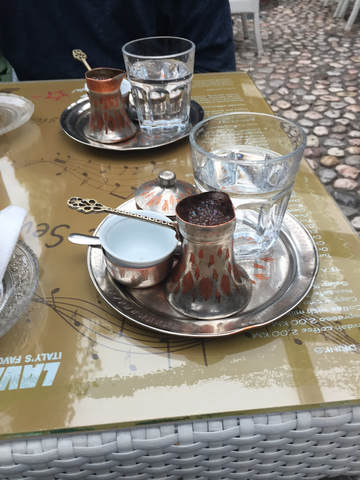


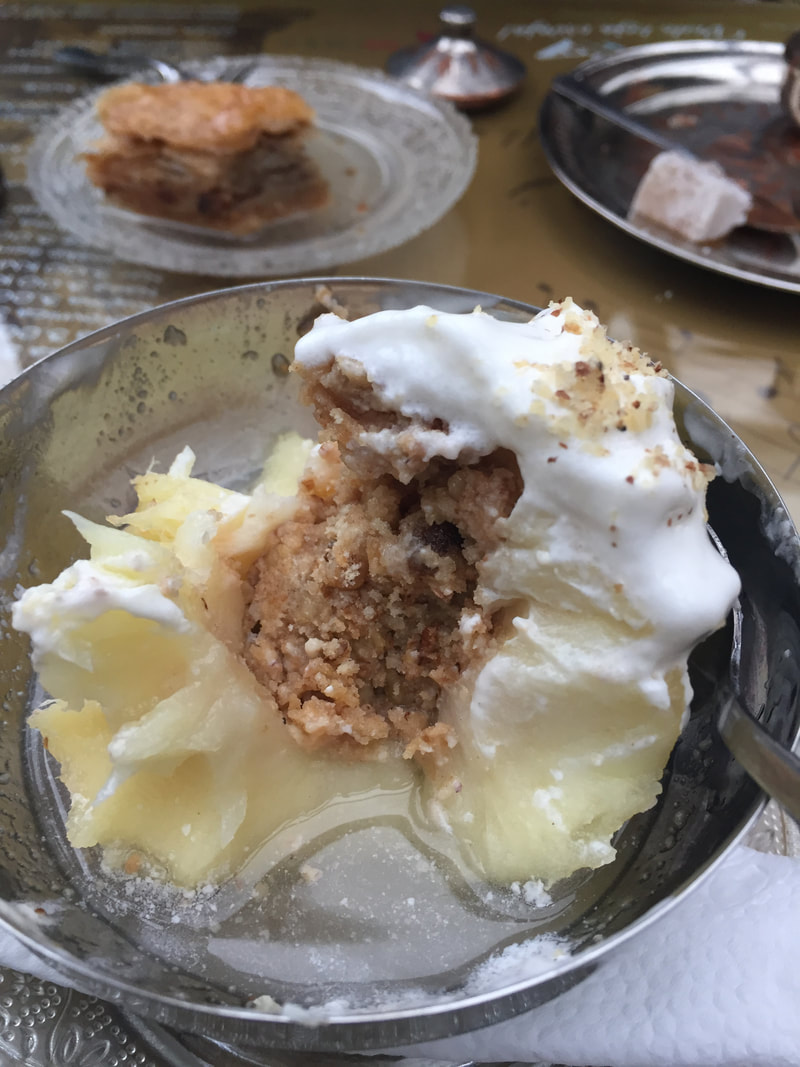
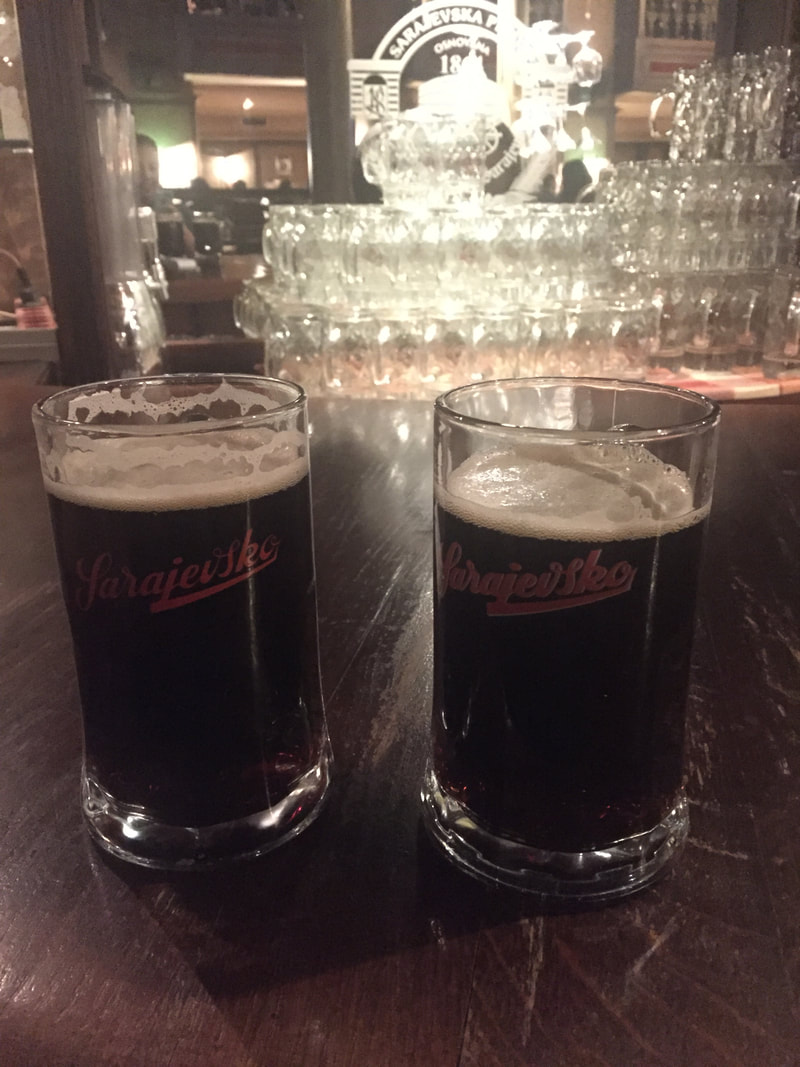
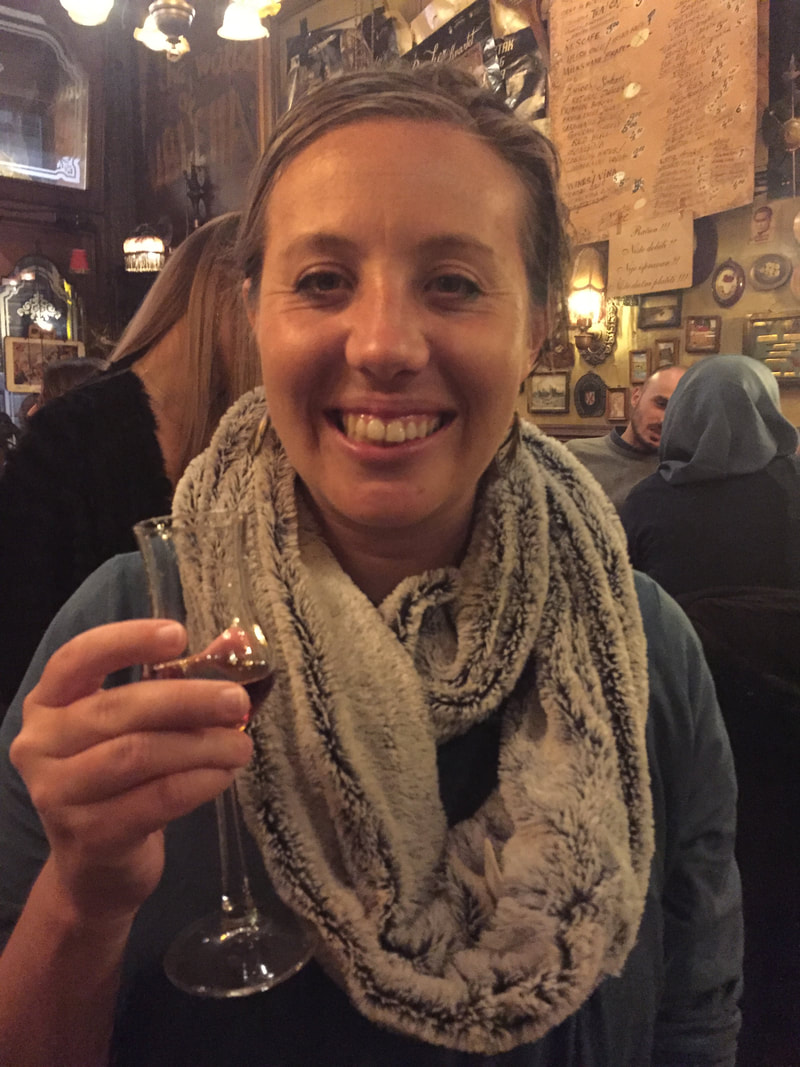
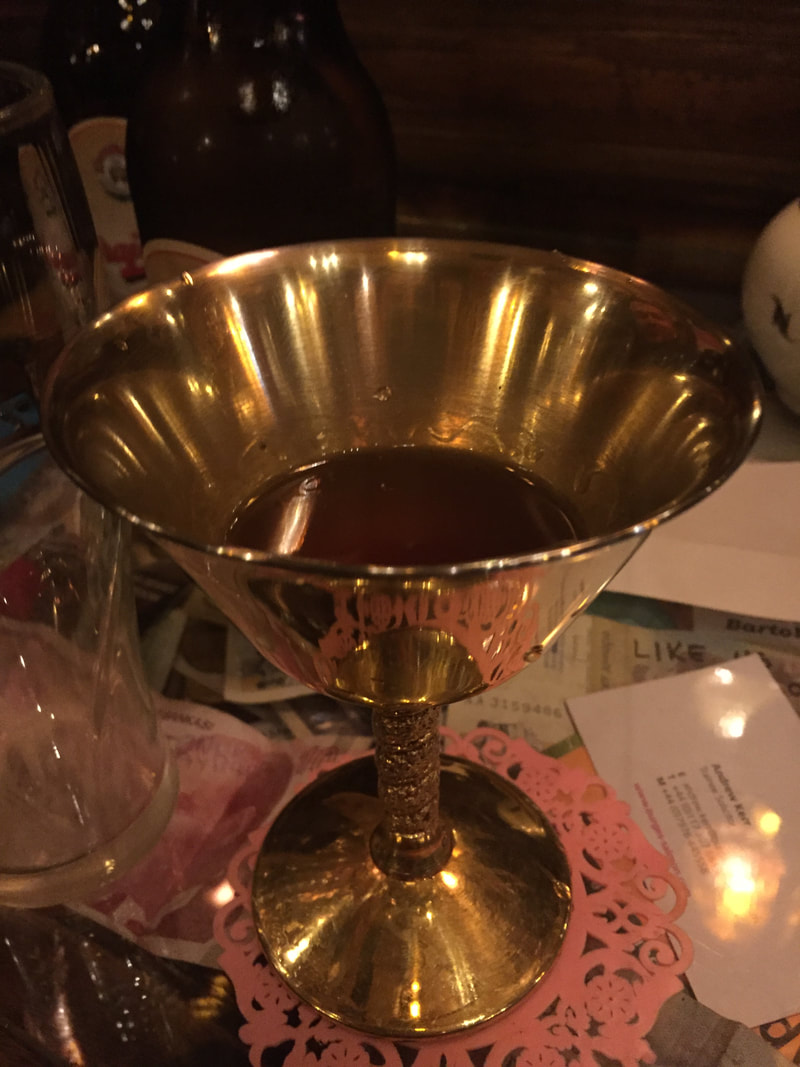
 RSS Feed
RSS Feed